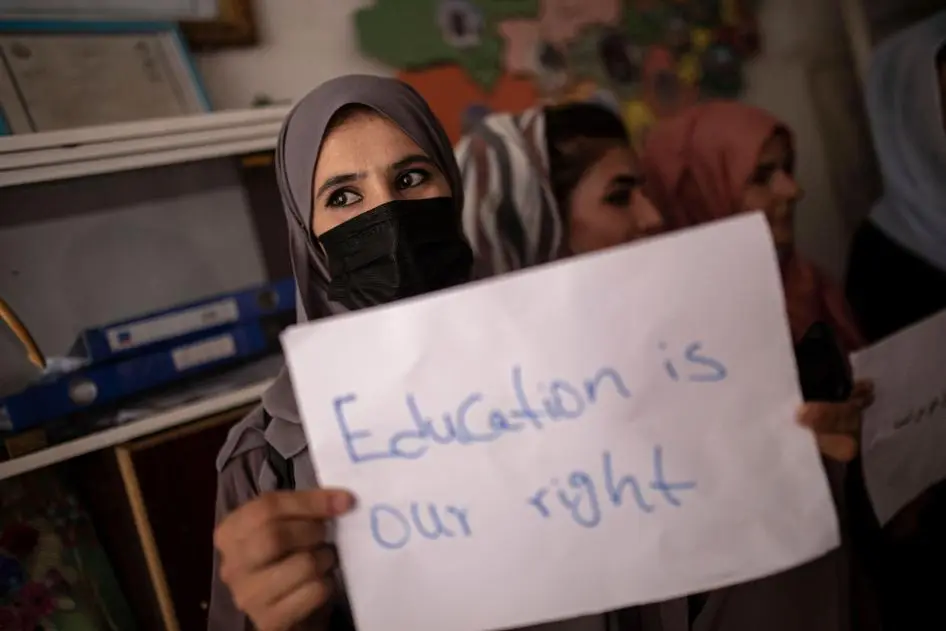Millions of Afghan children are not attending school. According to UNICEF, almost 4 million children in Afghanistan are currently out of school. The report was released on Sunday.
There are several reasons for this education crisis. Many schools lack proper buildings. Clean drinking water and sanitation facilities are also missing. A severe shortage of trained teachers—especially female educators—adds to the problem.
Another reason is the growing economic pressure on families. Many children are forced to work to earn money. They have no choice but to support their households instead of studying.
One of the most painful aspects is the continued ban on girls’ education in Afghanistan. For the fourth year in a row, the Taliban has refused to let girls study beyond the sixth grade. They are also banned from attending universities. This policy continues despite constant appeals from the global community.
Human rights groups like Amnesty International, UN agencies, and political leaders have condemned the ban. They have urged the Taliban to lift restrictions and allow girls to return to classrooms. But the appeals have fallen on deaf ears. The ruling authorities remain firm on their decision.
UNICEF has warned about the devastating impact this policy will have. The agency says that denying girls access to education in Afghanistan could destroy their future. It puts the hopes, dreams, and very lives of millions of young women in danger.
The right to learn is a basic human need. But in Afghanistan, that right is being taken away from girls. Without schooling, their chances to thrive are being stolen.
The issue of girls’ education in Afghanistan is no longer just a national problem. It is a global concern.


